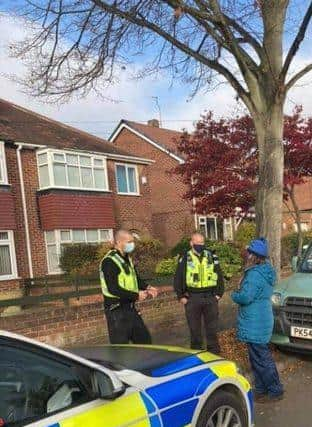Doncaster Council unveils new tree strategy to avoid long and bitter feuds seen in Sheffield
and live on Freeview channel 276
Councillors are set to discuss the new tree management strategy at a meeting which includes the role of an independent regulator.
They will review documentation and interview interested parties such as council bosses, councillors, activists and independent street tree experts - likely from the Woodland Trust or the Sheffield Tree Action Group.
Advertisement
Hide AdAdvertisement
Hide AdThe strategy comes after the felling of 60 trees on Middlefield Road in Bessacarr which led to protests and an arrest in 2020.


The council said they needed to be removed on safety grounds but campaigners said alternatives were available without ripping the tree out.
The strategy also includes plans for the council to spend £144,000 to plant 100 large trees along main highways to ‘improve the environment and help increase canopy cover in the borough’.
The work is expected to be spread over the next four years.
DMBC bosses said they were wary of protests in Doncaster turning into a long-running feud between campaigners, as happened with Sheffield Council and spanned for more than three years.
Advertisement
Hide AdAdvertisement
Hide AdBethany Haley, senior programme and projects manager at DMBC, said: “Following high profile tree issues in Sheffield and recent discussions with activists around Doncaster tree removal schemes, particularly Middlefield Road in Bessacarr, an independent tree policy review was initiated by the chief executive with the objective of ensuring that the policy was fit for purpose in relation to the management of street trees and engagement with residents.
“Doncaster Council is committed to the principle of minimal tree removal, considered only a last resort, where no alternative solution can be found.
“There are situations where trees are unsafe and pose a health and safety risk to people or property, and so need to be removed for risk management.
“On other occasions, such as a road improvement scheme, root damage from utility works, or root damage to pathways and driveways - a range of measures need to be considered including removal and replacement - the number of replacement trees required to compensate will depend upon the size of the tree or trees lost.”